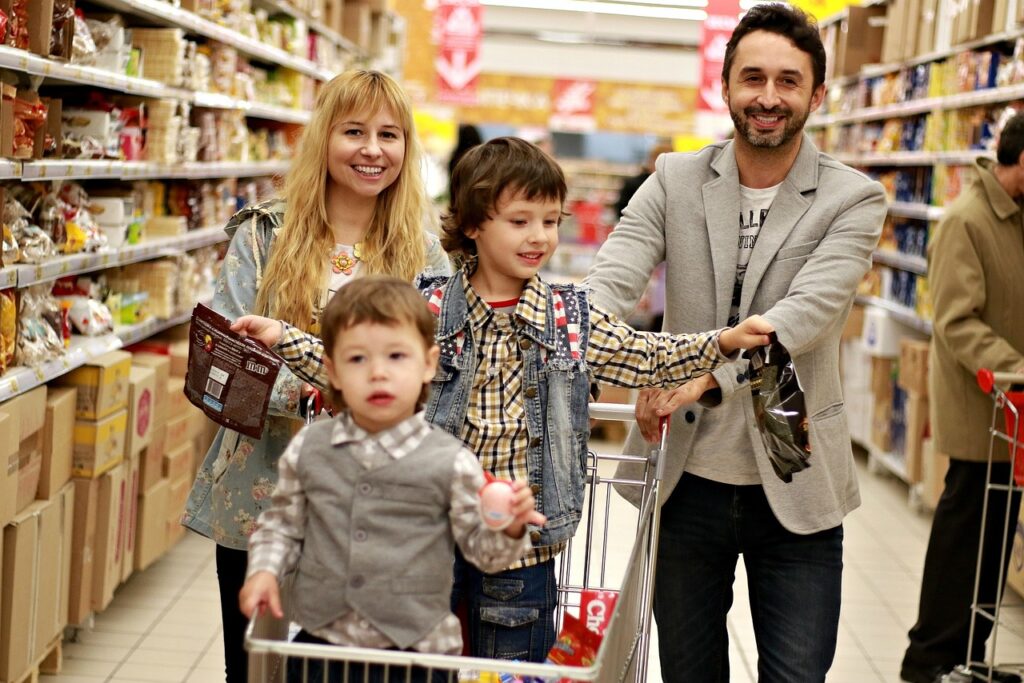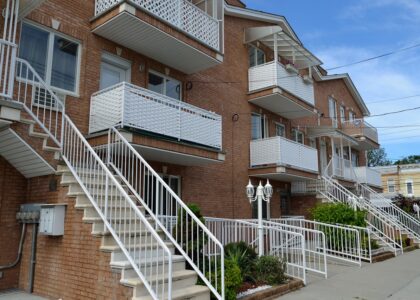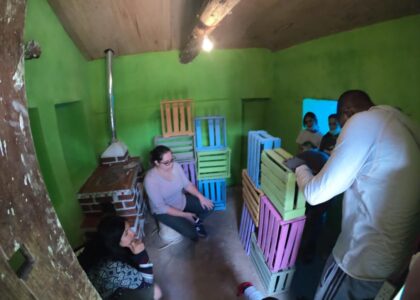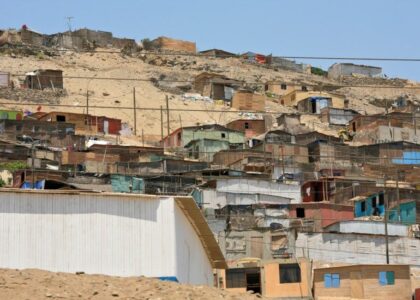When we ask, “What makes a community a safe place to live?” we’re talking about more than just the physical structures that make up a neighborhood. Safety in a community is complex and woven from various elements, each as important as the next. It’s not just about well-built homes or clean streets but also about the invisible bonds that link the residents together. Each aspect plays a crucial role, from the stability of infrastructure and access to basic necessities like water and food to the strength of social connections and community support systems. Understanding these elements is key to fostering environments where safety is not just an idea but a reality for all its members.
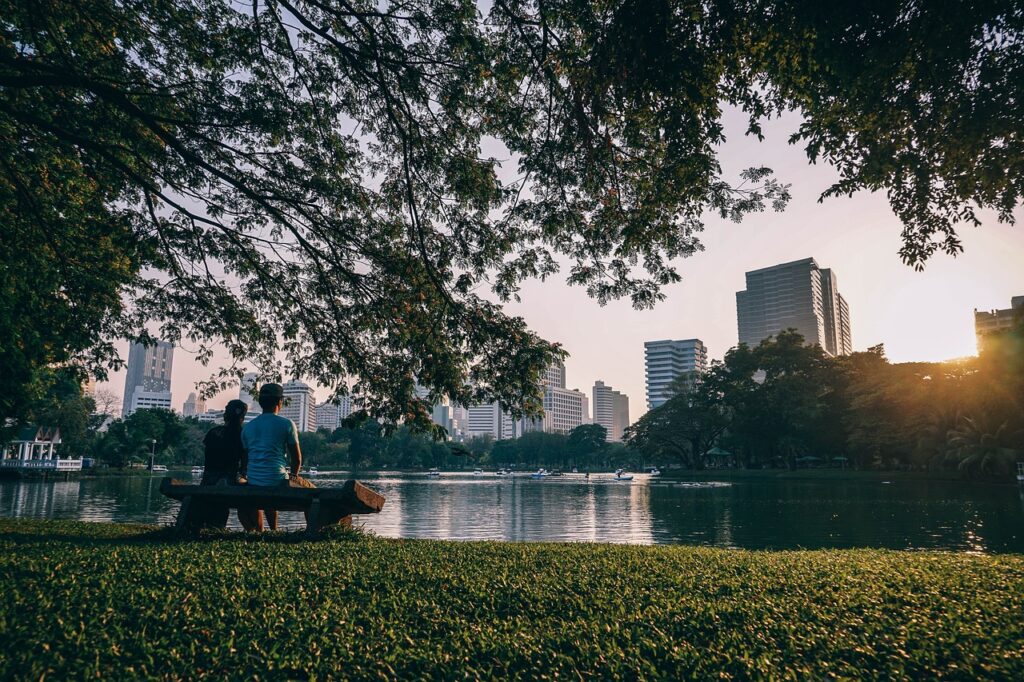
Solid Foundations: Infrastructure's Role in Safe Communities
Proper infrastructure is the backbone of what makes a community a safe place to live. It includes the buildings where people live and work, the roads they travel on, and the public spaces where they gather. Safe and sturdy housing is fundamental. It provides residents with protection from environmental elements and potential hazards. Well-designed and maintained roads are crucial for safe transportation, emergency responses, and connecting people to essential services and each other.
Public spaces, like parks and community centers, also play a significant role. They’re not just places for recreation; they’re vital for fostering social connections and a sense of belonging. These areas must be accessible, well-maintained, and designed with safety in mind.
Access to Basic Necessities
Having access to basic necessities like clean water, proper sanitation, and a stable food supply is crucial for any community to be a safe place to live. Clean water is essential for drinking, cooking, and hygiene, directly impacting health and quality of life. Proper sanitation facilities help prevent the spread of diseases and contribute to a cleaner, healthier living environment. A stable food supply also ensures that community members have the nutrition they need to lead healthy lives. These essentials are the building blocks of a thriving community, where residents can focus on growth and development, knowing their basic and most important needs are met. A community that ensures these necessities for its members is taking a significant step toward creating a safe, healthy, and secure environment for all.
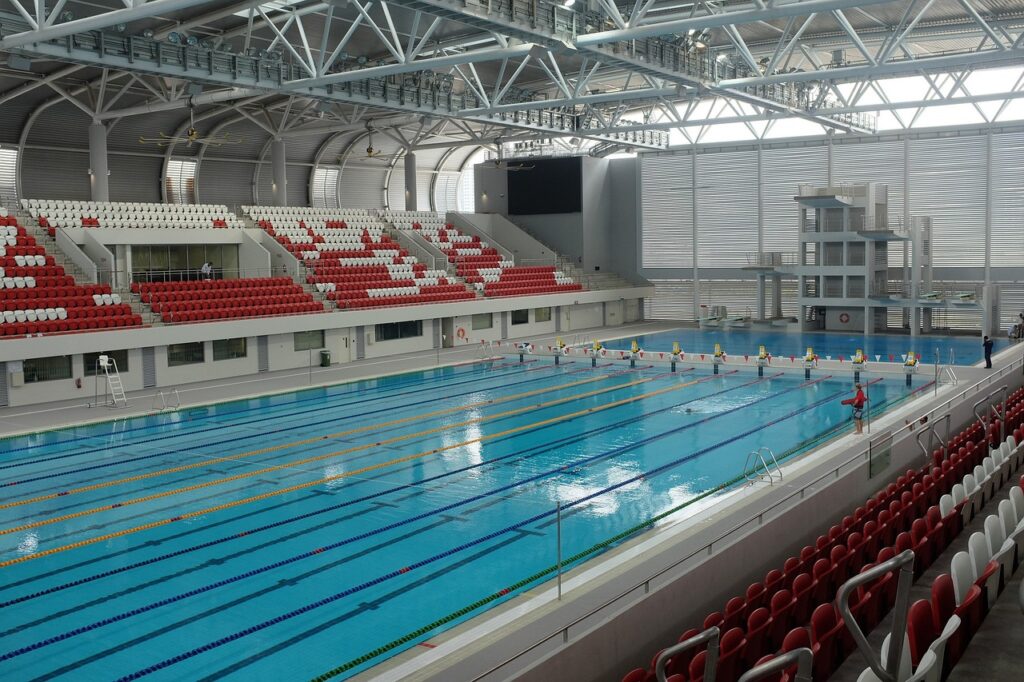
Health and Wellness Facilities
Accessible healthcare and wellness resources are fundamental to a community’s safety and well-being. A safe community is one where residents can easily access medical services, whether it’s for routine check-ups, emergency care, or health education. These facilities play a crucial role in preventing disease, managing health conditions, and promoting overall wellness.
Moreover, wellness resources like community sports centers, parks, and recreational facilities contribute to physical and mental health. They provide spaces for exercise, relaxation, and social interaction, which are all essential for a healthy lifestyle. Residents are more likely to thrive in a community where health and wellness are prioritized. Such communities are not just physically safe but also supportive of the overall well-being of their members.
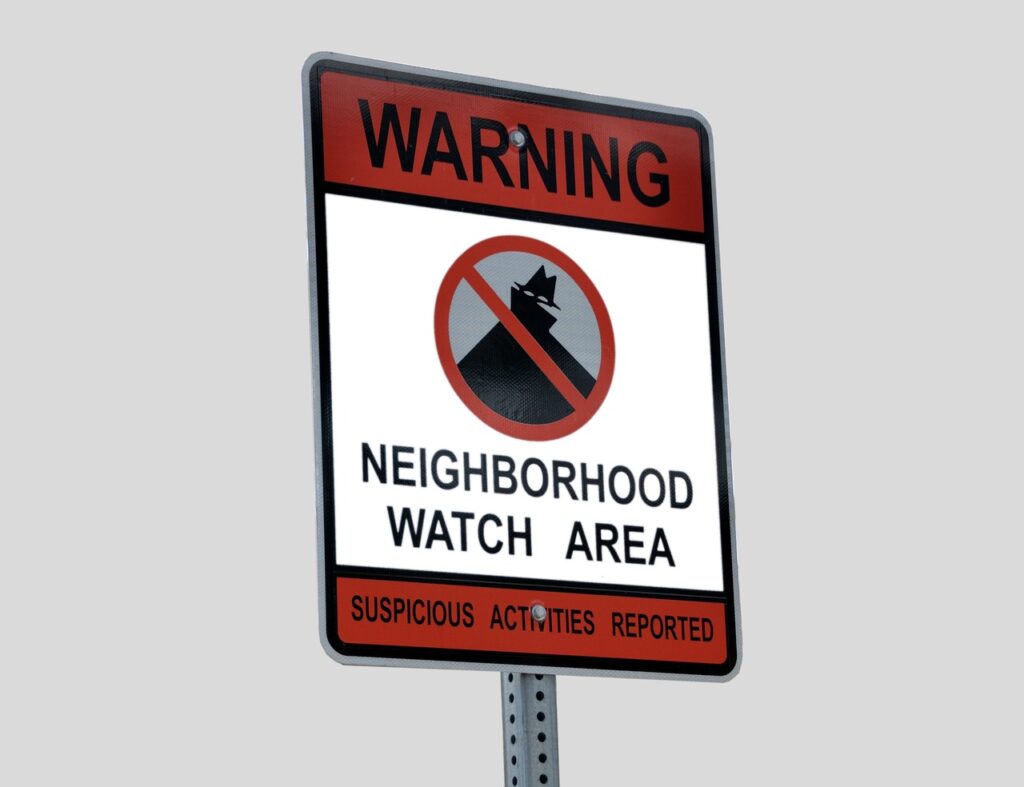
Community Bonds and Social Structures
Strong community bonds and effective social structures are key to creating a safe living environment. In a community where people know and support each other, there’s a sense of shared responsibility for everyone’s well-being. This can lead to a more vigilant and caring environment, where neighbors look out for each other and are quick to offer help or raise concerns. Effective social structures, such as neighborhood watch programs or community groups, provide organized ways for residents to contribute to the community’s safety and well-being. These structures also create a platform for communication and collaboration, which are essential in addressing and resolving various community issues. When people feel connected and involved in their community, they are more likely to work together to maintain a safe and supportive environment for everyone.
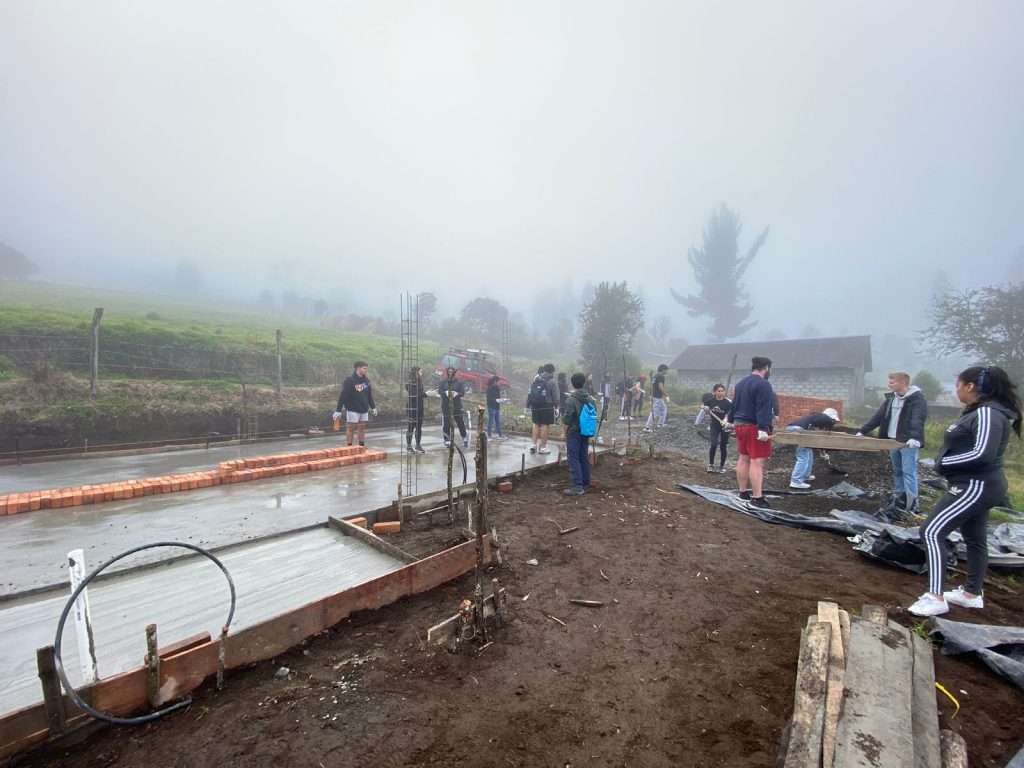
The Safe Homes Movement - What Makes a Community a Safe Place to Live
The Safe Homes Movement plays a crucial role in transforming communities into safer places to live. This initiative, focusing primarily on regions in South America like Peru and Ecuador, empowers communities by improving essential infrastructure, such as building safe and durable staircases in hilly terrains and renovating homes to ensure they are secure and resilient. Their approach is not just about constructing physical structures; it’s about encouraging community involvement and ownership of these projects. By working alongside local residents and incorporating their input, the Safe Homes Movement ensures that the improvements made are well-suited to each community’s specific needs and challenges. This collaboration strengthens community bonds and builds a sense of shared responsibility for maintaining these safe spaces. Additionally, their work in creating parks and other community spaces enhances physical safety and promotes residents’ social well-being. Through these efforts, the Safe Homes Movement is making a significant difference in turning communities into safer, more connected places to live.
Joining Together for Safer Communities
This journey exploring what makes a community a safe place to live highlights the crucial roles of infrastructure, access to necessities, healthcare resources, and community bonds. The Safe Homes Movement stands out in its dedication to enhancing these aspects of a safe place to live, empowering communities in Peru and Ecuador. You can play a part in this transformative work and make a huge difference in the lives of people living in South America. For more details and to see how you can contribute, download our brochure! Together, we can build safer, stronger communities for a better tomorrow.



